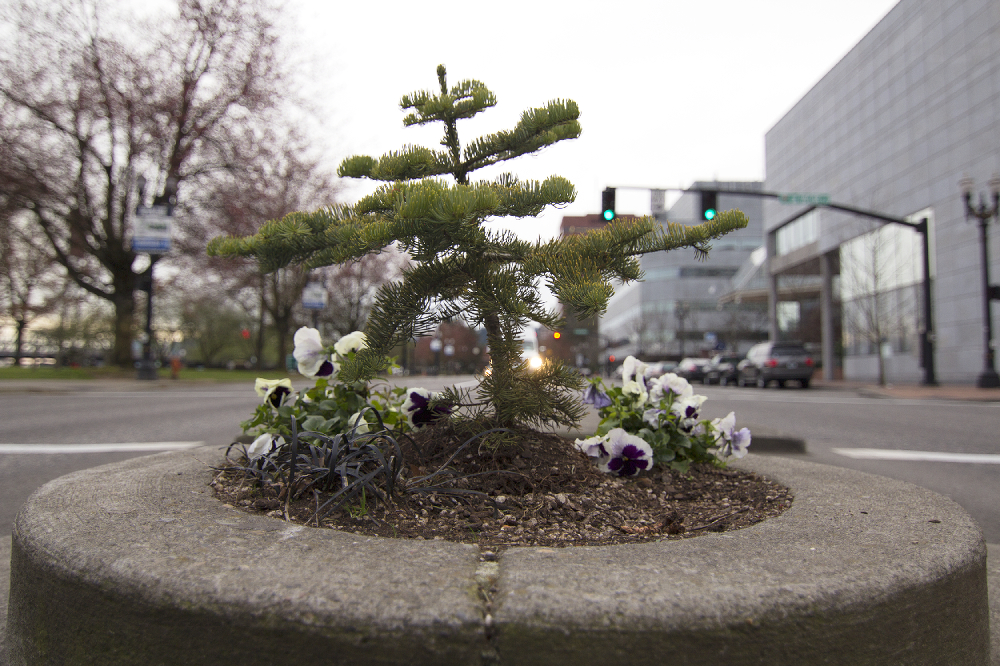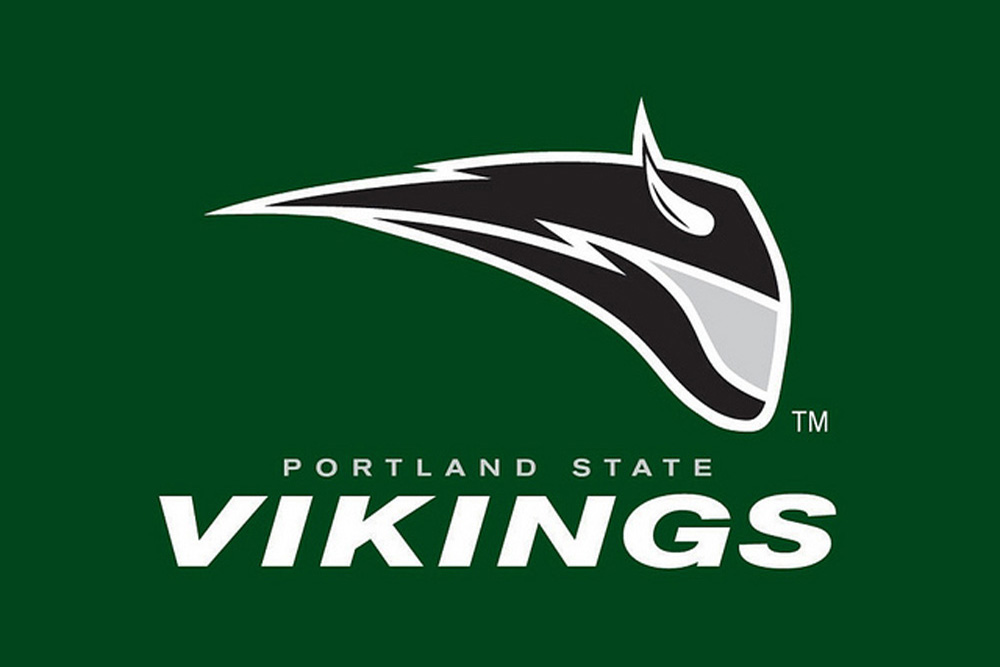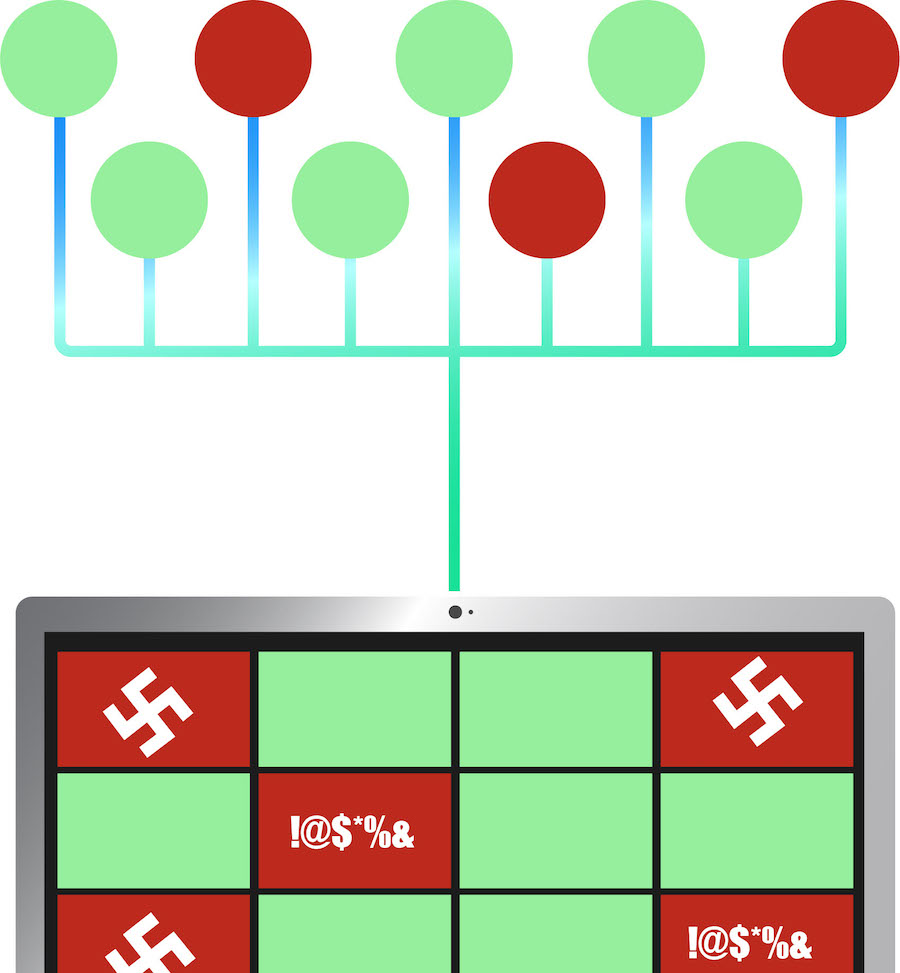Enrollment Management and Student Affairs at Portland State has recently experienced major restructuring, redirecting three units to the Office of Academic Affairs, as well as establishing a separate graduate student recruitment and admissions unit.
Four years ago, all current functions of EMSA were part of the OAA.
According to the PSU website, EMSA is meant to “provide essential services and programs to enhance student enrollment, retention, graduation, and learning outside the classroom.”
“President [Wim] Wiewel decided—because of the growth of the university and the focus on student success and recruitment, the retention of students, and all the campus life aspects that we really wanted to create in terms of supporting students and providing them with opportunities—that he would create a separate division,” Provost and Vice President of PSU’s Academic Affairs Sona Andrews said. “It made tremendous sense at the time.”
With these alignments in a separate division, they were able to grow, Andrews continued.
“Over the last year, we recognized that there are some advantages for there to be a closer relationship between some of those functions in the academic side,” Andrews said.
OAA submitted a document known as the White Paper to EMSA in July 2014. It outlined five recommendations: to establish a separate a separate graduate recruitment and admissions unit from the undergraduate; to create a single online application for graduate students; to move academic units from EMSA to the OAA, to coordinate EMSA’s marketing strategies for recruitment with OAA’s enrollment management plans; and to “allocate undergraduate remissions and unrestricted scholarships to support the revenue requirements and student enrollment goals of the schools and colleges.”
This fall, Wiewel accepted the White Paper.
ACS TO OAA
In November, the Registrar’s Office, Advising and Career Services, and Learning Center were moved from EMSA to OAA. EMSA’s current alignments include Campus Recreation, Dean of Student Life, Diversity and Multicultural Student Services, Enrollment Management for undergraduate students, Housing and Residence Life, and Student Health and Counseling.
ACS helps advise undecided students and provides career advising for students and alumni. ACS assists students and alumni from all majors, programs, and degree levels with finding a well-fit career, internships, graduate and professional school options, and other career related questions on resumes, job search strategies and interviews.
Mary Ann Barham, the director of ACS, said the restructure makes logical sense.
“We were the only unit that wasn’t in Academic Affairs that has anything to do with advising,” Barham said “Advising resides with the academic schools and colleges, and so [Andrews] thought it would make more sense to realign the academic and the career piece with Academic Affairs,” Associate Vice President of ACS, Enrollment Management and Student Affairs, Daniel Fortmiller commented.
Faculty and professional advisors are heavily engaged with advising.
“The transition was fine,” Barham said. “It didn’t change the day-to-day work.”
“They need to all be working together,” Andrews said. “When they are in separate divisions, not that it is impossible, it would just be a little harder.”
“Advisers help you navigate. When a student is navigating a river, the adviser is there to help avoid the rocks and rapids, and sometimes throw you a lifeline,” she said. “Advisers need to be working much more closer with faculty so that they actually change the curriculum, therefore advisers do not have to navigate around a big boulder, and we get rid of it so it is no longer an obstacle to students. Now, advising will become much more than helping students navigate. It helps us change the way we teach and deliver the curriculum.”
Barham talked about collaborating with University Studies in the future.
“We’re talking about ways to create prgramming and different activities that will work more closely with [University Studies] around serving students who are choosing majors,” Barham said.
“Moving [ACS] to the academic side has huge benefit to students because it is really the faculty who are able to help us work on what those career opportunities are for students. Not that faculty could not work across a division,” Andrews said. “It removes some of the obstacles we sometimes create with structure, so that the functions could really happen where they need to happen,” Andrews said.
The Learning Center at PSU has services such as academic and online tutoring, as well as college success classes that align with University Studies. Fortmiller said that the Learning Center needed an academic home, and therefore needed to be aligned with Academic Affairs.
The Registrar’s Office works with students, faculty, administrative staff and alumni to provide enrollment related services.
“Because this is all about having to establish a curriculum, it was believed…that if you were going to have multiple degree opportunities, it just made sense to move the Registrar’s Office to Academic Affairs,” Fortmiller said.
Changes to Graduate Admissions
The next major change to EMSA, which is still in transition, is redirecting graduate student admissions and recruitment to the Office of Graduate Studies.
Before, both undergraduate and graduate admissions and recruitment fell under the same unit in Enrollment Management.
With PSU having nearly 6,000 graduate students, the highest number of graduate students in universities in Oregon, and still growing, there needed to be a bigger focus on graduate applicants, according to Margaret Everett, Vice Provost for International Affairs and Dean of Graduate Studies.
“As our programs have grown and become more prestigious, it makes sense for there to be two units to deal with admissions,” Andrews said.
Fortmiller further commented, “The needs were very different in terms of processing and admitting people into a graduate program rather than undergraduate.”
Four staff from the current admissions unit will be moved to the Office of Graduate Studies in the summer. Furthermore, Kelly Doherty has been hired as the new graduate admissions director. There will be no student fee or budget increase for this change. Instead, the funds will be allocated from EMSA to the Office of Graduate Studies.
“[PSU] has grown in its graduate population over many years, so this is a logical step to create two admissions offices,” Everett said. “We have grown to the place where this is a better model for us, updating infrastructure to better serve that population and all of our graduate programs.”
“Our partners in University Admissions have been extremely helpful, working together and planning the transition,” Everett said. “I think they feel positively as well, because it will allow them to focus on the undergraduate admissions, which is the core mission for them.”
There will also be significant changes to the graduate application process. Currently, prospective graduate students must fill out two applications: one for their program, and one university application. Most of these applications are also not online.
“This is not as efficient for students as we like, and also not as an understandable process as we like,” Everett said.
The graduate admissions are in the process of creating one single graduate application online. Everett expressed that there will be less confusion and duplication for students. Students also will not be required to send two official transcripts, which will cut down the costs. Applicants will only need to submit an unofficial transcript, and an official transcript once they are admitted.
The application fee will increase from $50 to $65 due to this change.
“We looked very carefully at peer institutions in the Pacific Northwest, and this is a very comparable fee to charge,” Everett said. “We made this decision after a lot of discussion and careful consideration. I think the convenience to students is well worth the modest increase.”
Everett said the application fee will be easy to waive for students in need because there is only one application.
She asked that the single online application will benefit academic programs as well.
“There will be a much better communication between the admissions office and academic program because we will all be using the same system and same application,” Everett said. “My hope is that for the academic programs, it will be more convenient for them, because the online application will eliminate the manual tasks that they are currently having to do.”
Addressing concerns
In Oct. of 2014, Andrews sent an email to Fortmiller, asking him to forward it to all members of EMSA’s staff. In the email, Andrews addressed potential concerns from the staff about the changes between EMSA and OAA.
“I imagine you are wondering how this came about?” Andrews said in the email. “Did the president and provost think that persons in EMSA were not doing a good job in delivering services? Are we downsizing? Is the provost trying to build an empire? Why now?” she continued.
Andrews discussed her motivations for sending this email to staff, noting that she wanted to address any concerns about the restructure and what that would mean for their departments and them as individuals.
“I recognized that people might be concerned about [restructuring],”Andrews said. “The change is to make things better, and I wanted to meet with staff and faculty of those affected, as well as the entire staff, as soon as possible.” She added that she wanted to reassure the staff she did not believe they were performing poorly, and that the restructure was meant for further improvement.
“I think as people find out that there is a reorganization, the immediate questions people have are: ‘Am I going to lose my job? What does that mean for the people I am going to be working with? Who am I going to be working with? Is this a way for the university to eliminate or reduce something?’ And the answer to all of those is no.”
“Because we’re moving things, some people might think, ‘are we going to downsize’, or other people might be thinking, ‘is the provost office just trying to get everything under them, are we moving things because someone wants power,’” Andrews continued. “Oftentimes what I do, is I try to acknowledge and think of the questions people might have.”
The provost’s office planned to meet with individuals whose work was directly impacted and then meet with the entire staff, according to Andrews. She said they created a detailed template so the provost’s office and EMSA’s staff could work together and exchange input, which would contribute to a smooth transition for students and staff members.
“I think our plan was very respectful toward people and what they are doing,” Andrews said.
Andrews and Fortmiller both expressed that the restructuring of the EMSA would not harm students or faculty in any way, and instead help academic aspects that used to be in EMSA run more efficiently.
“Students will probably not see any difference,” Fortmiller said. “The services are still there, and nobody lost employment. If anything, what we hope is, because these things are more of an academic nature, those services will be better connected with the school’s colleges. We will be able to have more conversation we academic deans, and associate deans in terms of things like college success classes.”
“This [restructuring] allows them to focus better on the recruitment of undergraduate students, supporting students in co-curricular activities, things that happen outside of the classroom, the creation of support services for students, and residence life,” Andrews said.
Additional reporting by Lisa Dunn





